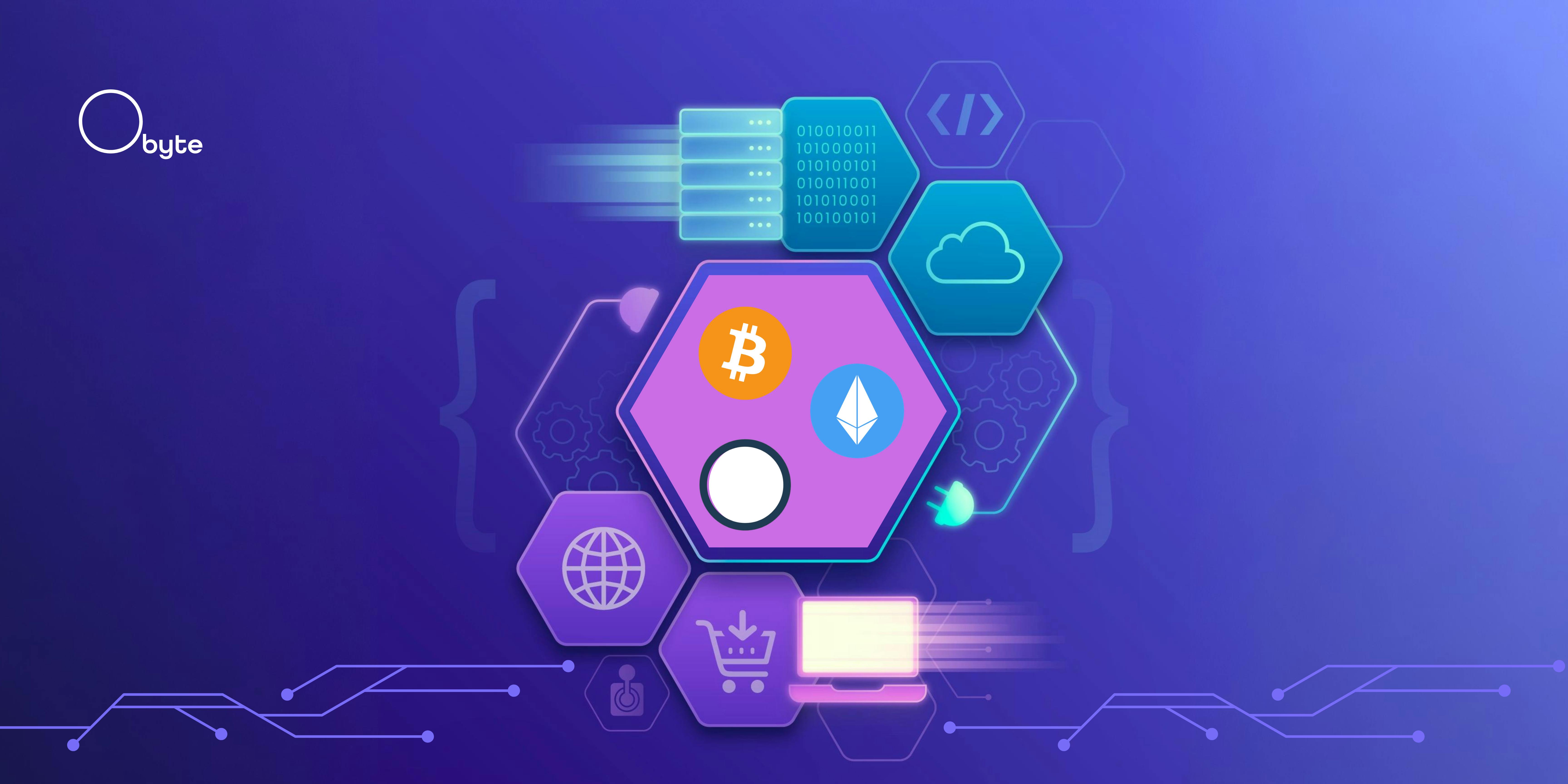If you’ve spent any time exploring decentralized coins, you’ve probably heard people talk about “layers.” It can sound like crypto is a cake with endless tiers, but what these layers describe is how chains are built, connected, and scaled.
The reason we even need multiple layers is simple: a single chain may not be able to do everything well at once. Some layers focus on securing transactions, others on connecting different chains, and others on handling speed or low fees. These distinctions help explain why crypto can serve so many different use cases, from quick payments to private contracts or even global supply chains. Let’s learn a bit about this.
Layer 0: The Foundation of Networks
Think of
Another analogy is transportation. If each chain is a city, Layer 0 provides the highways, trains, and air routes between them. Without this infrastructure, you’d be stuck in one place, no matter how advanced your city was. With it, people, goods, and information can flow.
Projects like Polkadot and Cosmos are often cited as Layer 0 solutions. They provide frameworks for building and linking blockchains that share security and can still run independently. This interoperability isn’t just a technical detail. It’s what allows industries as varied as finance and healthcare to customize their systems while still being part of a larger network. Layer 0 makes crypto ecosystems less fragmented and more scalable.
Layer 1: The Base Chains
Layer 1 chains are the ledgers most people know by name. Bitcoin, Ethereum, and Solana all fit here. They are responsible for recording transactions, enforcing rules, and protecting the network through consensus mechanisms (like mining or staking). When you send Bitcoin or interact with an Ethereum app, you’re engaging with a Layer 1 directly.
The catch is that these chains often run into problems when too many users arrive at once. Fees rise, and transaction times slow down. That’s why Layer 1 is often called the “ground floor” of crypto networks. It’s strong and secure, but it can feel crowded.
And not only are blockchains categorized as layer 1 networks. An interesting example is
Layer 2: Scaling Solutions on Top
If Layer 1 is the busy main road, Layer 2 is the express lane built right above it. Instead of forcing every single transaction onto the main chain, Layer 2 systems process them off-chain or in batches, then record summaries back on Layer 1. This dramatically lowers congestion and fees.
The Lightning Network for Bitcoin is a well-known example. It allows small, instant payments that settle later on the Bitcoin blockchain. On Ethereum, rollups (bundled transaction systems) like Optimism and Arbitrum or sidechains (connected parallel chains) like Polygon are tackling the same challenge, giving apps more breathing room to scale, grow, and accept more users, faster.
The impact is hard to overstate. By offloading the heavy lifting, Layer 2 keeps the security of the base chain while making crypto usable for high-volume environments like DeFi trading, online games, or even industry-specific systems that need privacy or compliance baked in. Without Layer 2, main chains risk grinding to a halt under their own popularity.
In this regard, Obyte’s recent updates make it possible for
Layer 3: More Customization
When people talk about Layer 3 in crypto, they usually mean one of two things. On the one hand, it can describe networks
Unlike base chains, Layer 3 doesn’t have to secure its own consensus. It relies on the layers below for safety, while focusing on usability, customization, and performance. Developers can design specialized systems for one industry or type of application.
A gaming-focused Layer 3 might prioritize thousands of in-game transactions per second, while another might focus on privacy for sensitive healthcare data.
Some examples include XAI Games, designed for fast and cheap NFT or in-game transactions; zkLogin, which lets people sign in with everyday accounts like Google or Apple IDs; and Lens Protocol, which offers modular tools for creators and developers in decentralized social networking systems. On the other hand, talking about the application layer, marketplaces like OpenSea and wallets like MetaMask are part of it.
Layers Are Silent
At a glance, the crypto stack looks complex, but breaking it into layers makes the picture clearer. Layer 0 provides the connections, Layer 1 keeps records safe, Layer 2 makes things run faster and cheaper, and Layer 3 provides an extra layer of customization. Together, they explain why crypto can power everything from quick micropayments to private contracts across industries.
And as platforms like
For the everyday user, though, these layers mostly fade into the background. You might notice them when a transaction feels slow or a fee is high (that’s Layer 1 at work) or when an app suddenly feels smooth and inexpensive thanks to a Layer 2 solution. You don’t have to think about Layer 0 at all, yet it’s what ensures different chains can cooperate. In the end, the layers are like the hidden gears of a machine —you don’t see them, but they shape the whole experience.
Featured Vector Image by


